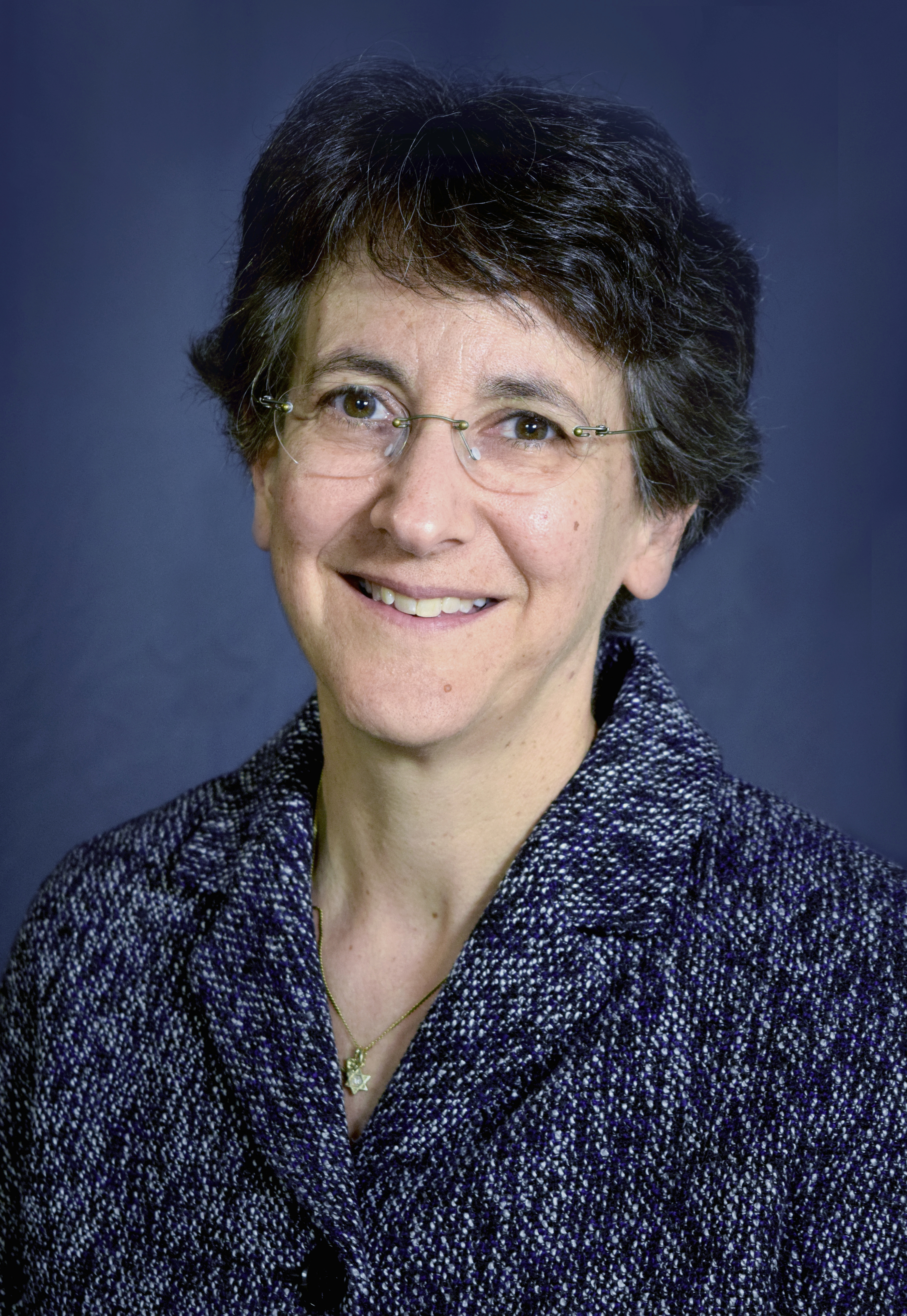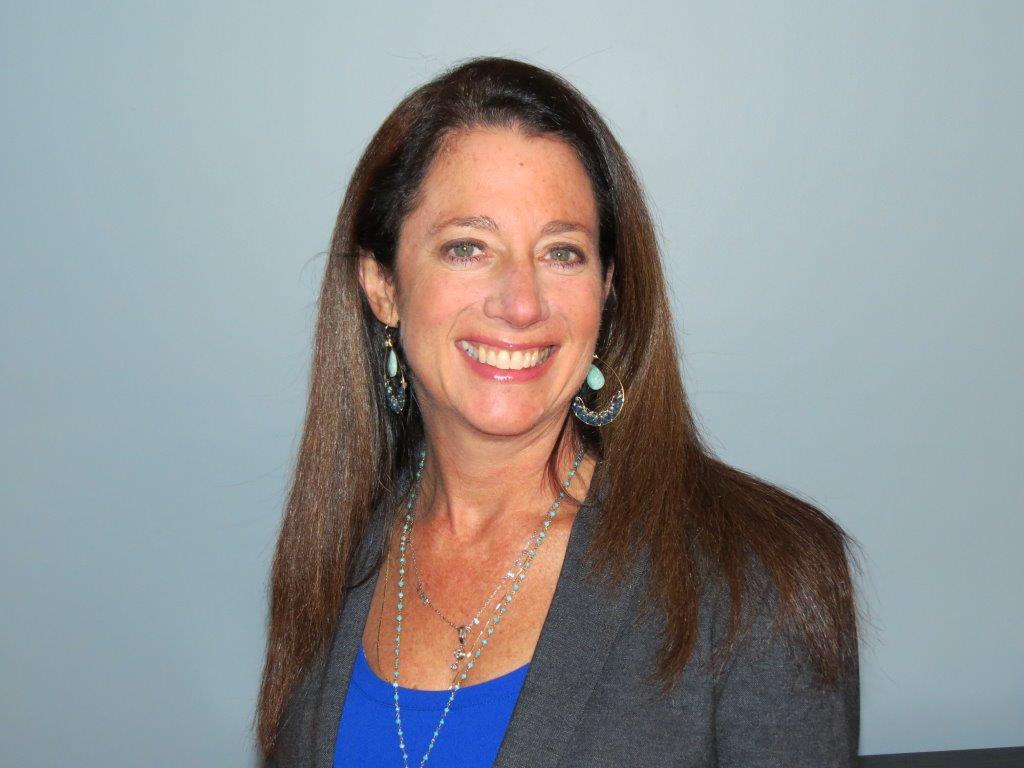
“Exercising leadership has nothing to do with your role, your job… To me, leadership is a behavior.”
-- Marty Linsky, adaptive leadership expert
There is far more to leadership than a title. As Harvard Kennedy School professor Marty Linsky shares, leadership is defined by what you do, not by what you are. It is a verb rather than a noun. As such, congregations should view leadership as an enriching Jewish experience – one that has multiple entry points, paths, and potential for impact.
Based on Linsky’s view, the task, then, of leadership development is not finding people to train for roles, but rather engaging a broad set of congregants to see themselves as leaders. Once this mindset shift happens, the task of finding new leaders also is modified.
All congregants have leadership potential, whether or not they hold an official leadership position. For example, an involved parent talking passionately in the parking lot about the congregation is demonstrating leadership. He or she may be interested in sitting on the education committee, but the true bar for leadership is an individual’s commitment and enthusiasm.
Moreover, even seasoned leaders are not finished refining their skills. Leadership is a journey of constant learning, not a destination. Especially in our ever-evolving, 21st-century world, any leader – new or veteran – needs to engage in growth opportunities through both learning and practice.
As our secular and religious communities become more diverse and complex, leadership development requires increasingly intentional and well thought out programs. It is imperative that we teach skills, behaviors, and mindsets and provide leaders with opportunities to use them.
These five principles can help you invest in constant, deliberate, and forward-thinking leadership development to support new and long-term leaders.
1. Balance classroom learning with practical experience.
Often leaders spend time in classroom learning without enough time devoted to application of the work. The longtime, successful 70-20-10 leadership development model allocates 10 percent of time to training and coursework; 20 percent to coaching or mentoring; and 70 percent to challenging assignments. People learn a lot about themselves and about their leadership skills and styles by taking on tasks, and reflecting upon their successes and challenges, especially with a coach or mentor.
2. Assign mentors.
Mentorship is critical to maintaining a growth trajectory and a pipeline of leaders. A mentorship model provides a way for leaders with specific roles to share knowledge and wisdom. Moreover, training veteran leaders to serve as mentors to new or potential leaders offers learning opportunities to all. Through reflection and conversation leaders at all levels are able to think critically about the work they do on behalf of the congregation.
3. Build on strengths.
No single individual can excel in all areas. Using the notion of appreciative inquiry – examining strengths and successes and building upon these strengths – creates a positive dynamic. As management consultant Peter Drucker details in Diana Whitney and Amanda Trosten-Bloom’s book on this topic, “The ageless essence of leadership is to create an alignment of strengths in ways that make a system’s weaknesses irrelevant.”
This idea applies not only to systems, but also to ways to develop leaders as individuals. Although we advocate choosing an area of growth in which to build capacity, don’t lose sight of existing strengths. Individuals should build on their strengths and bring them to bear at all leadership levels. By focusing on and developing leaders’ strengths, your congregation will become a resilient, sacred community.
4. Intentionally plan your succession.
Too often congregations’ “pipeline” to leadership is merely scaffolding or a framework. Although board or executive committee experience is important, alone it does not prepare leaders sufficiently to move to higher positions. Creating a pipeline requires specific training in both the culture of the congregation and the leadership skills necessary for success – not only for the congregation’s next president, but for every other aspiring leader, including the next task force leader, committee chair, vice president, and, yes, the person who speaks positively at a congregational meeting. Provide opportunities for these and other individuals to move into new volunteer positions by having term limits, which allow leaders to rotate regularly. Don’t forget people whom you train but for whom no immediate position is available. One of them may be best for the next opening. You must actively plan and create opportunities for growth toward new responsibilities and positions.
5. Leverage existing leadership development resources.
Urge all leaders – volunteers, clergy, and professionals – to continually immerse themselves in learning opportunities, including those available from the URJ and many local communities. Encourage clergy and professional staff to join their Reform Movement professional organizations and to participate in ongoing leadership programming. In the digital world, more and more is open to all, you just need to look.
Congregational leadership is unique. Our work is a holy task built on sacred partnerships and Jewish values. Our communities can and should be the calm in the storm of people’s lives. Leading in these sacred communities provides opportunities to help create that holy community for oneself and others. Let’s be sure to provide leadership development that assists our leaders in being the best they can be.
Previous blog posts on this topic delved into each of the four best principles of governance. For more about congregational governance, join the conversation in The Tent in the Leadership and Governance group or by searching for #GovernanceBestPrinciples.
For more on how to train new leaders in your congregation, access the URJ Emerging Leaders Resource, which can serve as the basis of your congregational leadership development curriculum.
Have something to say about this post? Join the conversation in The Tent, the social network for congregational leaders of the Reform Movement. You can also tweet us or tell us how you feel on Facebook.
Related Posts

Leadership Boot Camp: A Clean Page, Infinite Possibilities

9 Programs Empowering Jewish Teen Leaders


